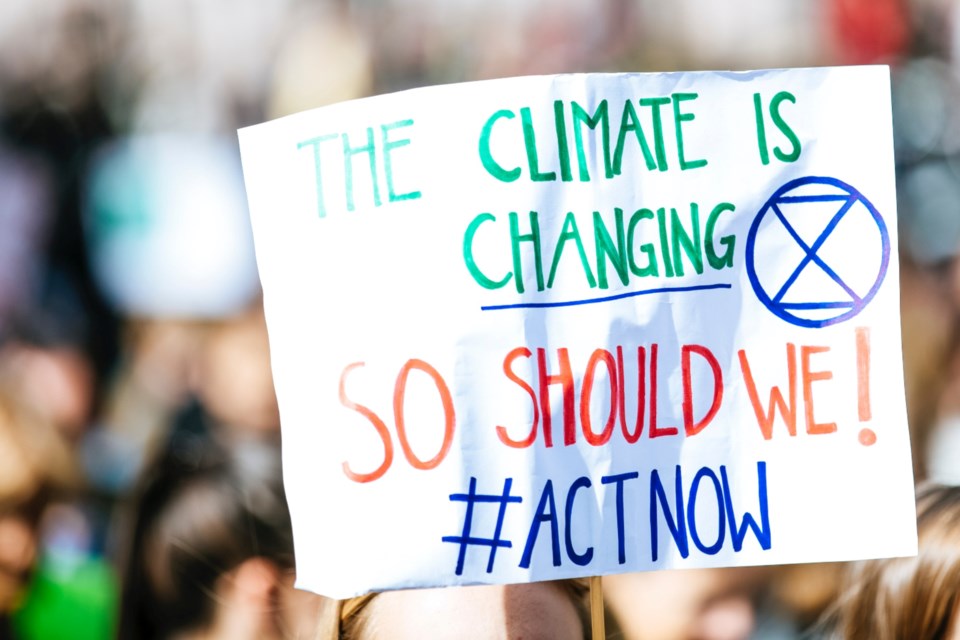OrilliaMatters welcomes letters to the editor at [email protected] or via the website. Please include your full name, daytime phone number and address (for verification of authorship, not publication).
How will we reduce Orillia’s residential greenhouse gas (GHG) emissions?
A majority of Canadians believe the warnings from scientists about the growing dangers from climate change, that the source is the burning of fossil fuels, and they want their governments to act. But there is an oft-repeated saying about our political leaders: “They know what to do; they just don’t know how to get elected if they do it.” Sufficient action on climate change seems to fall into this category.
But there is one simple change that could eliminate a major source of emissions at no cost and make life cheaper for a large portion of our households by 2030.
It’s called a cold climate air-source heat pump. This is a well-proven technology — basically, a reverse air conditioner — that can eliminate the need for a gas furnace, provide heating and hot water, air conditioning in the summer and avoid burning fossil fuels and the emissions that come from this.
Another reason to avoid gas in homes was exposed in a Harvard study. Cooking with gas stoves emits nitrogen dioxide and tiny airborne particles known as PM2.5, both of which are lung irritants. Nitrogen dioxide has been linked with childhood asthma. During 2019 alone, almost two million cases worldwide of new childhood asthma were estimated to be due to nitrogen dioxide pollution. An electric induction stovetop is a no-brainer replacement for gas stoves.
Residential and commercial buildings are projected to represent a huge source of GHG emissions, primarily from the use of natural gas for space and water heating, particularly in older, more inefficient homes. At the very least, new builds must stop installing gas furnaces, water heaters and cooking stoves.
When we are in a hole, we have to stop digging. Several municipalities in Canada have mandated that new housing construction should electrify all energy usage. This doesn’t play favourites on the way heating must be done. Air source, ground source or area heating are all options. Just not fossil fuels.
An environmental group called Hamilton 350 has provided Hamilton city staff and planning committees with a proposal to enact a bylaw to require full electrification of new residential buildings. This is a zero-cost way to cut emissions in 20 per cent of the homes that will exist in Hamilton in 2030 and make a major contribution to the city’s emission-reduction goals. Will the City of Orillia take a hard look at the proposal and its benefits, and act? Soon?
Action on this is urgent. We can’t wait. From tomorrow, any new home installed with gas equipment will be an emissions source for 20 years or more — the life of the equipment — while electrification will result in a permanent reduction.
Gordon Ball
Orillia



